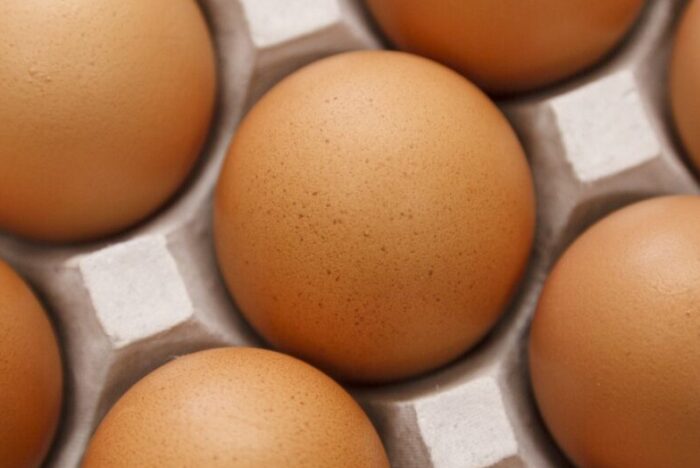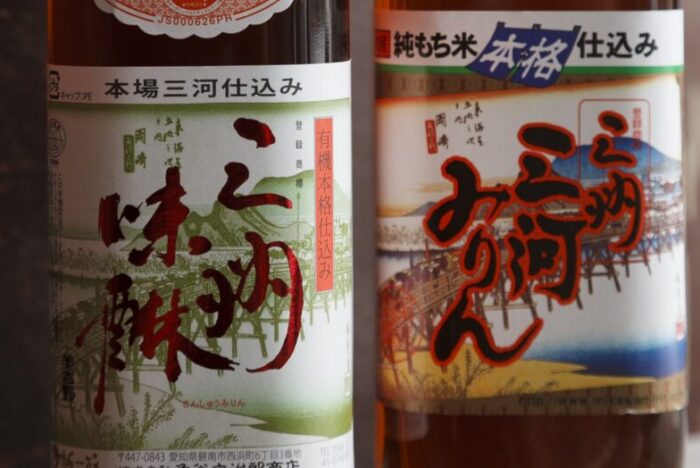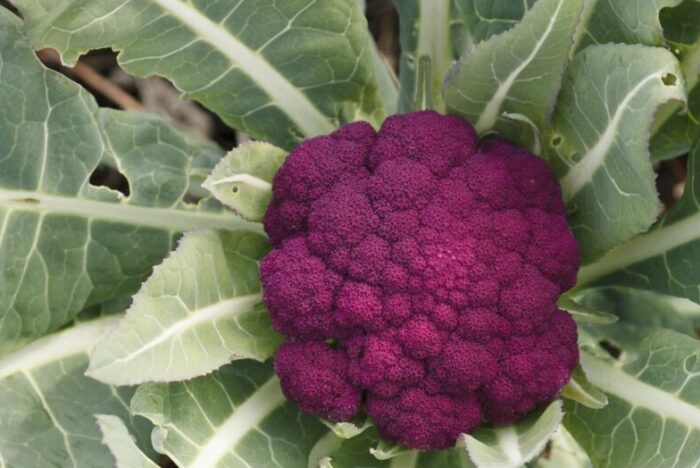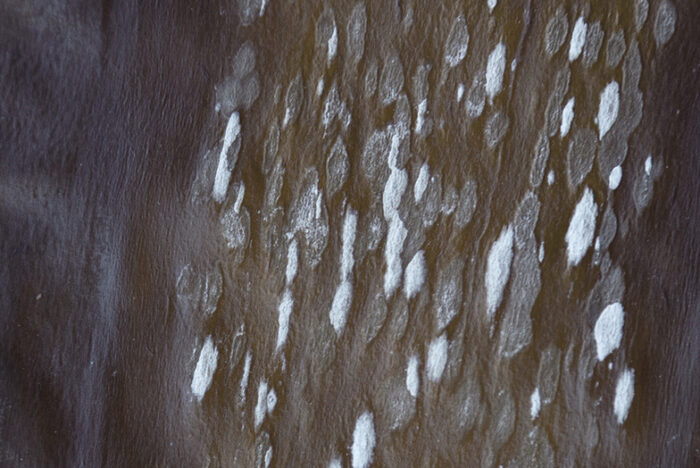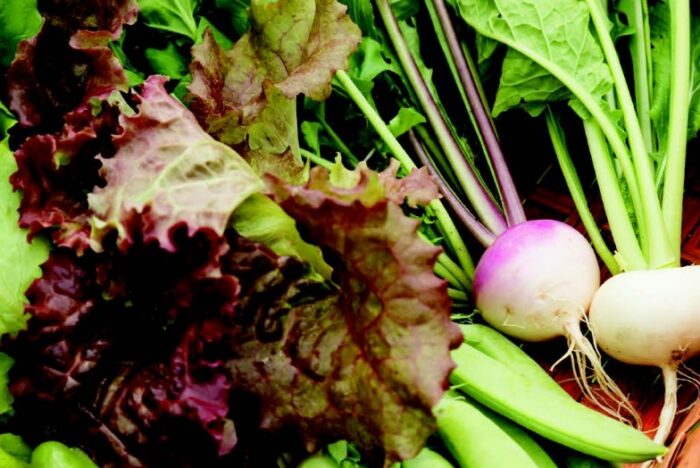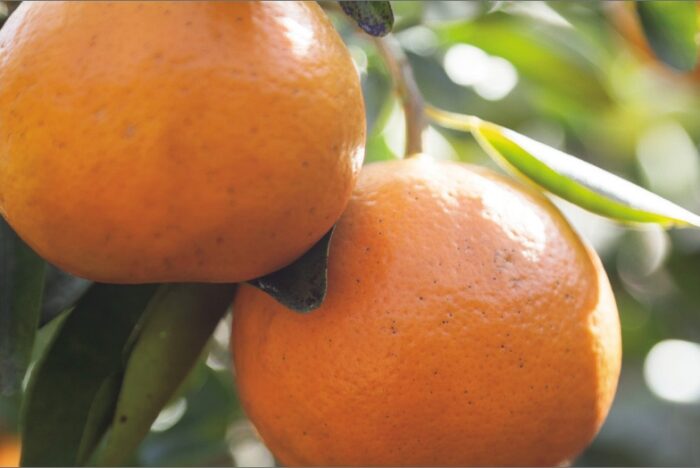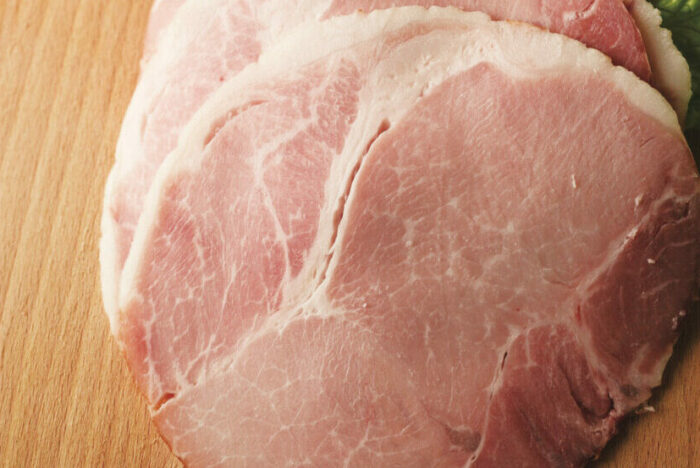JAPAN [Shizuoka]
Japanese Ingredients for the World’s Top Kitchens #36
High-Grade Honkarebushi
How a centuries-old curing method promotes sustainability
2024.01.09
![山を守ることにもつながるカツオ節の伝統製法 本枯れ節[岐阜]未来に届けたい日本の食材](https://r-tsushin.com/wp-content/uploads/2024/01/hattori_yukio36_01.jpg)
Though the times are always changing, there are certain timeless ingredients from Japan that will never go out of style. Yukio Hattori, president of Hattori Nutrition College in Tokyo, introduces unique labors of love—items grown and produced with care and integrity by hardworking suppliers across the country.
Izu locales once rivaled those in Shikoku and Kagoshima for katsuobushi bonito flake production. Today, the town of Tago on the peninsula’s west coast carries on the age-old style of smoke-curing in wood-fired chambers, a slow process that locks in the fish’s rich umami flavor. Yasuhisa Serizawa, the fifth-generation proprietor of katsuobushi specialist Kanesa, explains how premium honkarebushi are made.
“The main steps are filleting, simmering and deboning, smoking, and mold curing in tandem with sun-drying. We process three to four tons—about 1,000 fish—in each batch. Oak and other local timber fuels our smoking and drying chambers. The forestry we do makes ecological sense. Maintaining healthy trees yields clean rivers and streams. Ultimately that benefits the marine environment on which we depend.”

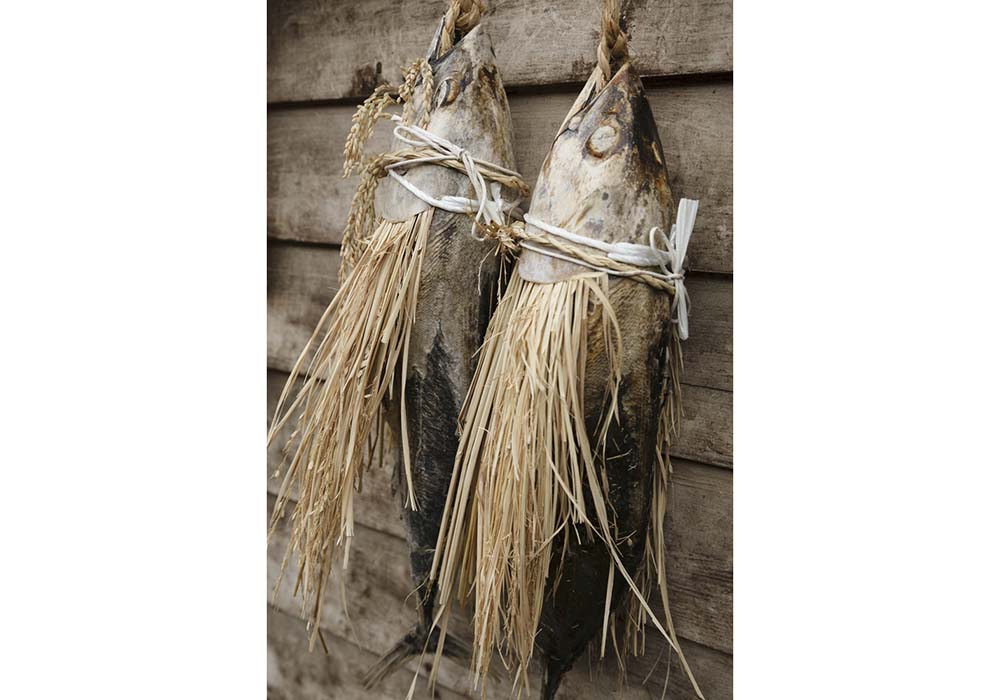
Shiokatsuo is whole bonito that's been gutted and saltcured, a 1,300-year-old preservation method that predates smoke-cured katsuobushi fillets.
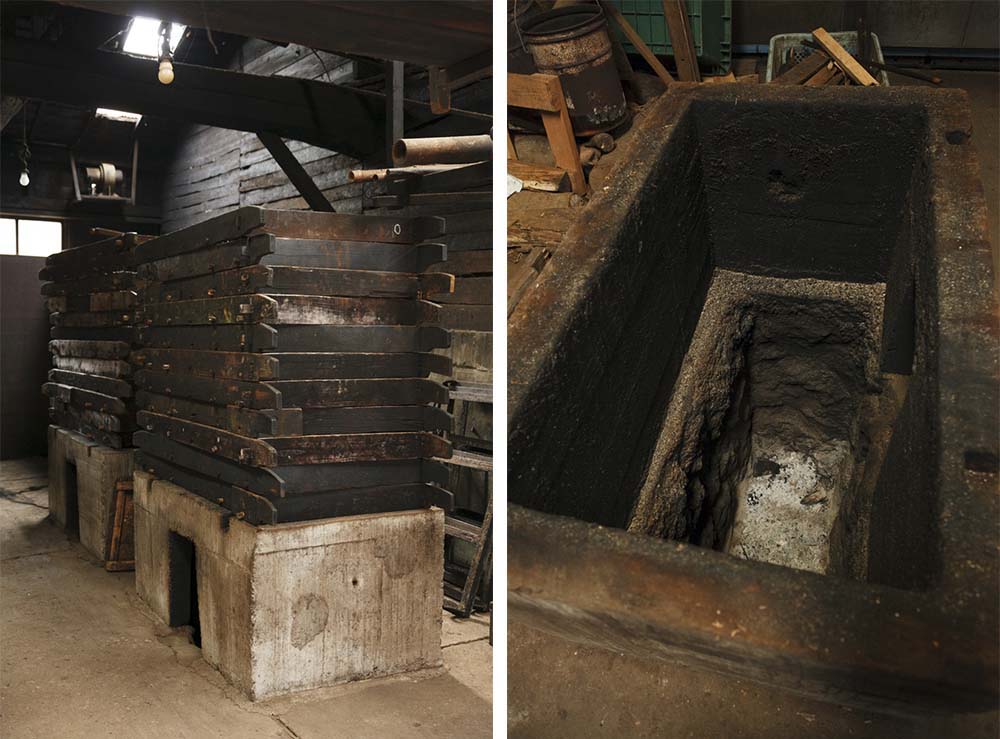
Fillets are smoked at 120 to 130 ºC in these wood-fired chambers and then moved to a separate room for further drying at 80 ºC.
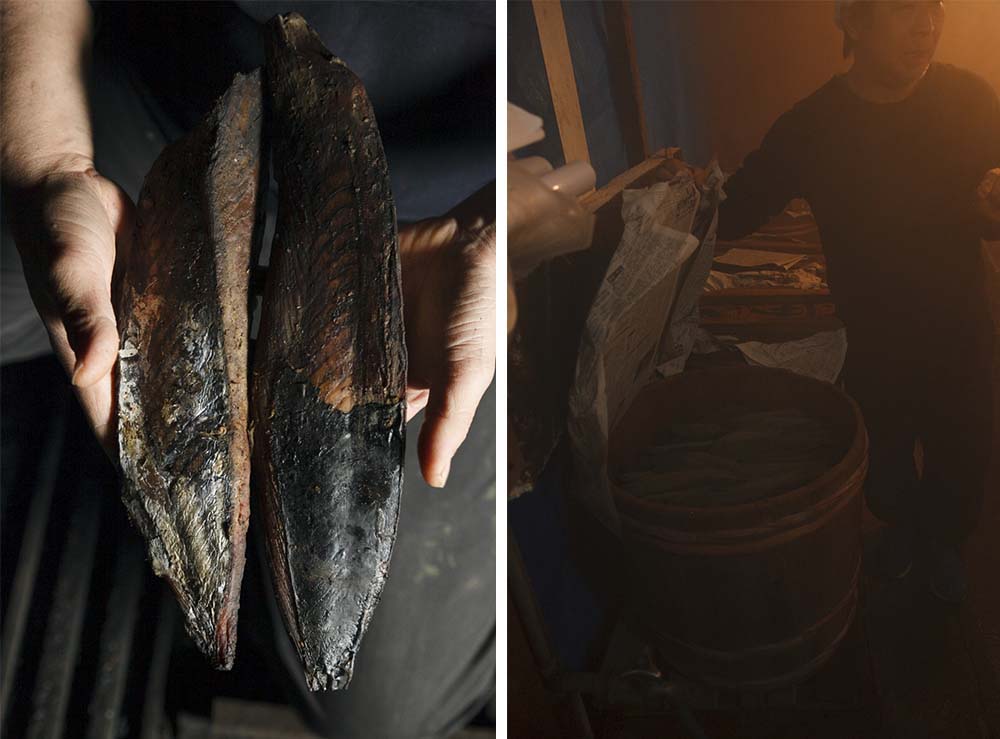
(photo left)The more wrinkled and evenly shriveled the surface, the higher the quality.
(photo right)Wooden vats are used for mold-curing, initially at high humidity.
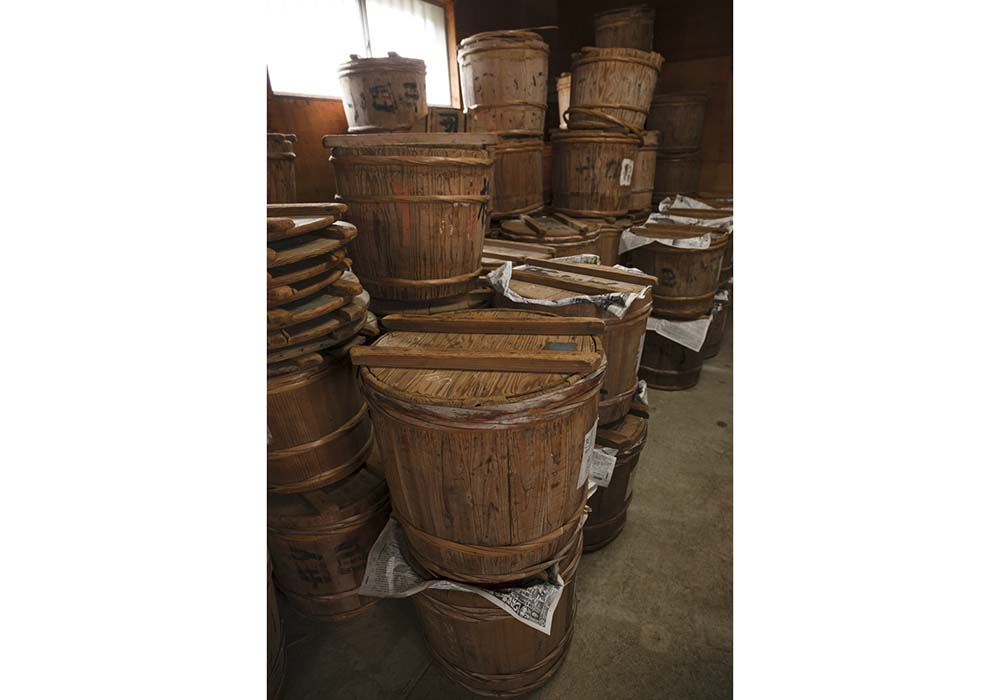
After successive cycles of mold-curing and sun-drying the finished honkarebushi are stored here.
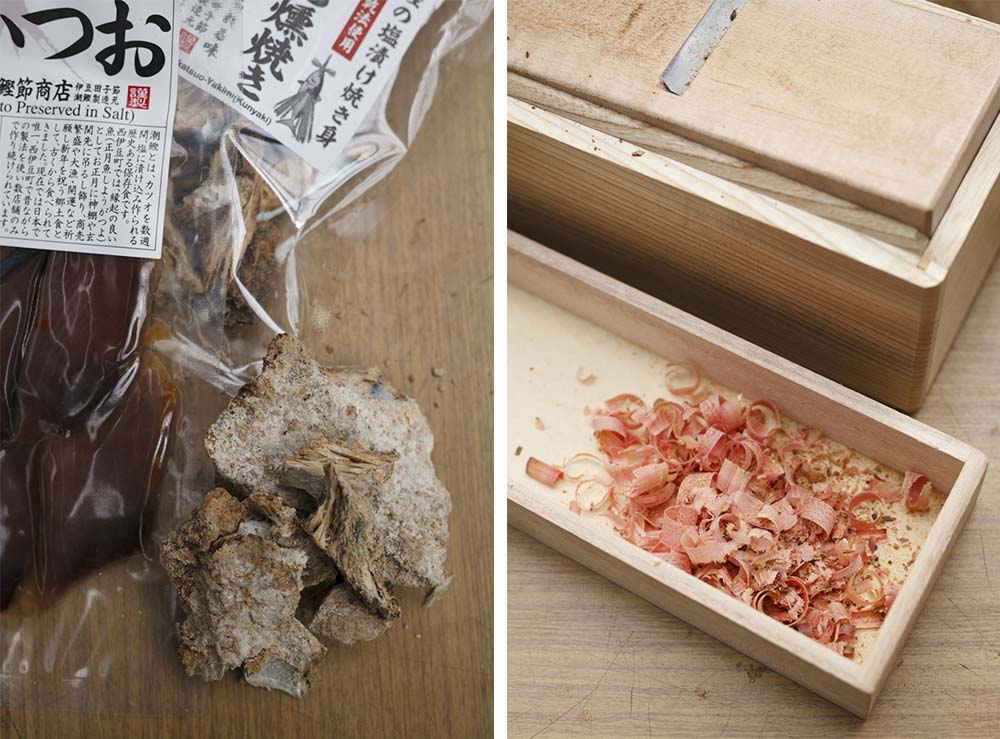
(photo left)Shiokatsuo is sold in grilled versions too.
(photo right)Bonito flakesmade in Tago are dark in color.
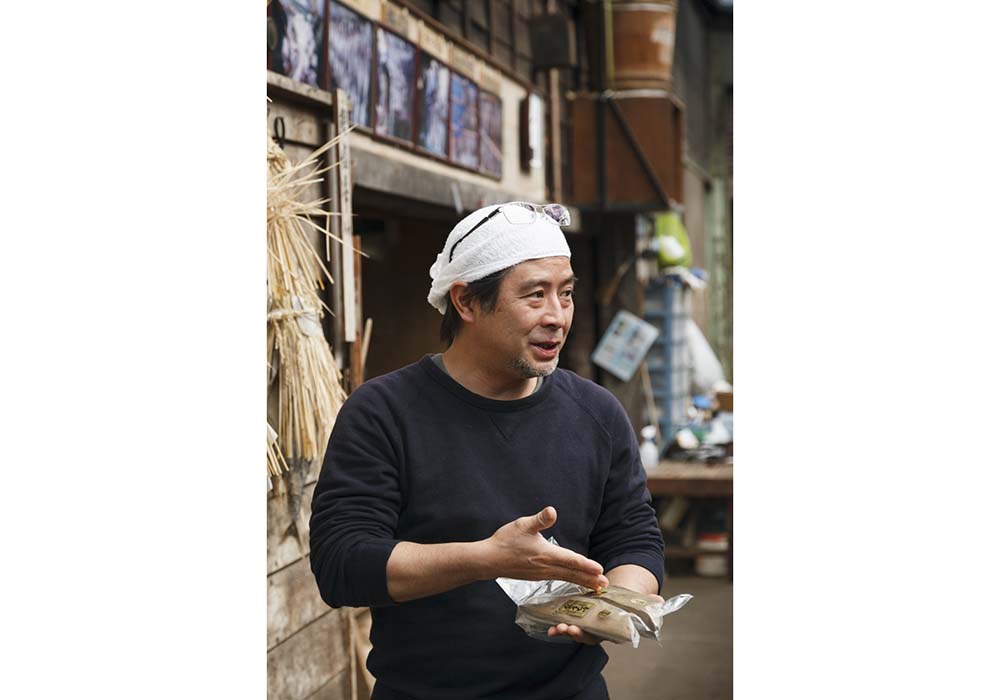
Yasuhisa Serizawa of Kanesa.
◎Kanesa Katsuobushi Shoten
600-1 Tago, Nishi Izu-cho, Kamo-gun, Shizuoka
☎0558-53-0016
https://katsubushi.com/
(The Cuisine Magazine / June 2016)
Online store


